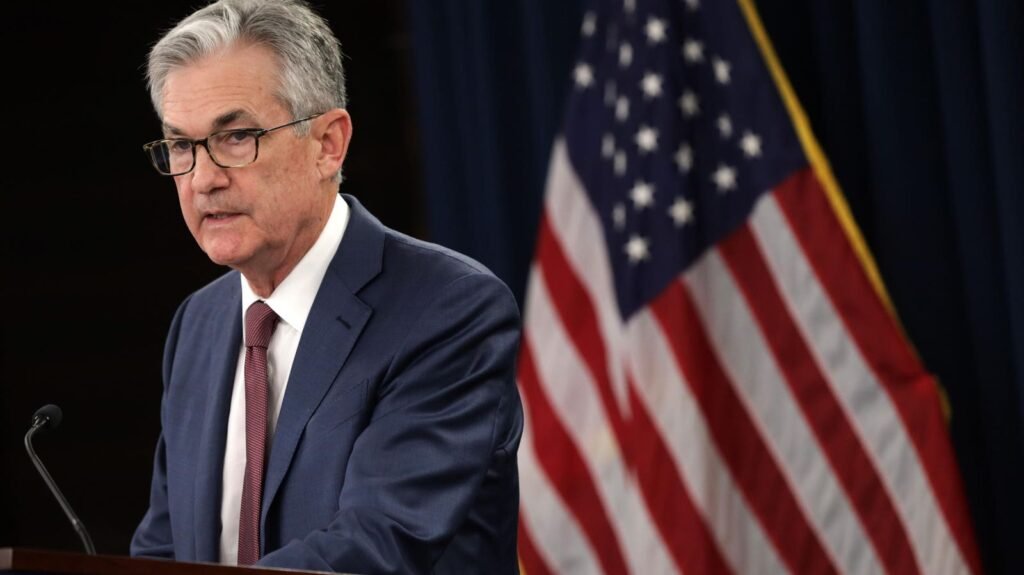The Fed began raising “rates” on March 16, 2022. At that time the dollar price of gold was $1,936. Value gains of 525 basis points later, the dollar price of gold is at $2,041.
Why the mention of gold? The reason is basic or should be. Historically inflation has been a decline in the value of the monetary unit. Gold has traditionally been used in the US and around the world as a measure of monetary units simply because its value is so stable. In other words, when gold rises or falls in dollar terms, it is a sign of a fall or rise in the dollar, not movements in the value of gold. Since the Fed started raising interest rates to dampen inflation, the value of the dollar to the peg that is gold has declined.
Why the mention of gold once again? Gold as a monetary anchor again lends stability to the agreement on value that is money. What verifies the previous claim is the fact that foreign exchange markets were largely non-existent before President Nixon broke the dollar’s peg to gold in 1971. If gold-denominated currencies were volatile while they were fixed, there would be foreign exchange markets which reflect this volatility. Gold itself would have been widely traded. Except there were no foreign exchange markets before Nixon’s botched decision and there was no reason to trade gold. It is once again the constant.
Crucial to all of this is that Nixon’s decision in no way fixed gold. It’s still talking despite the fact that it no longer officially defines the dollar as it once did. And he speaks loudly. When the dollar really loses value, gold’s rise becomes history.
More generally, gold has spoken louder through the rise of foreign exchange markets since 1971. Without the anchor of commodities, currencies “float”. That is, they had no fixed value. Consequently, daily currency trading in the modern era is of the trillion per day variety. It is a market signal that real producers in the real economy would still very much like the gold exchange standard that prevailed in the past. Money could be trusted. Now it can’t be. See the frenzy of currency trading where there was none before.
Back to the Fed, did it start hiking aggressively in 2022 to fight “inflation”? Well, the view then and now was that pundits on both sides were mistaking higher prices for inflation. They are different. Very different. Inflation is a fall in the value of currency, and higher prices can be caused by all sorts of reasons. The biggest driver of falling prices is the growing number of “hands” and machines around the world engaged in creating goods and services. The greater the division of labor, the lower the prices.
The lockdowns that began in 2020 have to varying degrees displaced the very division of labor that had given us low and falling prices. That higher prices followed this sinister global seizure of freedom was a statement of the obvious. Alas, command and control is not inflation.
Yet the Fed said it was fighting “inflation” in 2022. Sure, but the Fed is staffed with people who almost monolithically believe that economic growth is the cause of inflation. They are wrong. Growth comes from investment, and investment is about falling prices.
Others, particularly members of the “Monetarist School”, imagine that inflation is too much money in circulation and that the money “supply” must be centrally planned. More realistically, money in circulation reflects output. Furthermore, the Fed could not design the so-called money “supply” even if it wanted to consider the US part of the global economy. Money in circulation is determined by production and will flow from all parts of the earth if the Fed restricts the “supply”.
Austrians don’t focus on supply as much as they believe inflation is caused by “excessive credit” taken care of by the Fed. Except the Fed has no credit. We borrow money for everything that can be exchanged, which means the market decides how much credit there is.
They are all important primarily because monetarists, Keynesians, Austrians, and supply-siders believe that increased Fed interest rates have an impact on money in circulation and credit, thereby reducing inflation. Except he doesn’t. Money and credit are determined by production, period.
Inflation is one thing: it is a decline in the unit of measure, in our case the dollar. What corrects inflation is the standards intended to maintain the stability of the currency as a measure. Which means that any fight against inflation that doesn’t include a standard is a non sequitur. And this moment is proof of that truth. Value increases of 525 basis points, only the dollar was weaker than it was when this stupid fight started. Don’t say some of us didn’t warn you.

